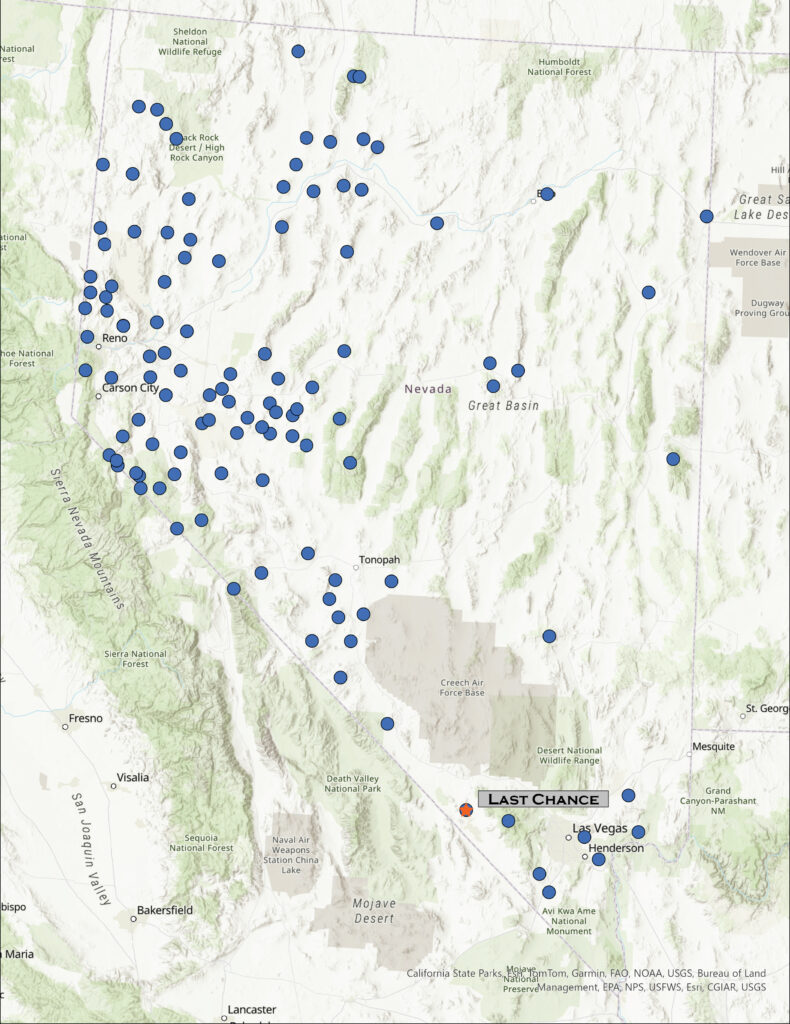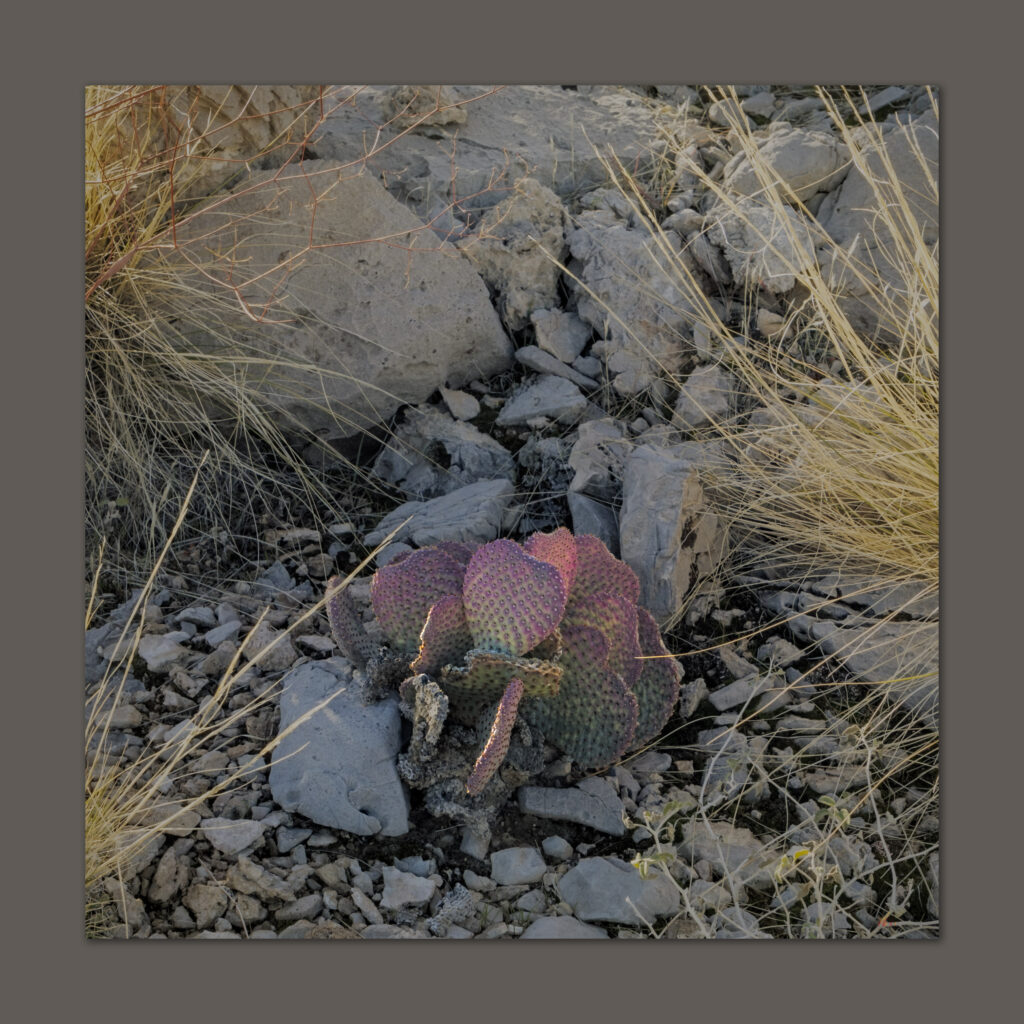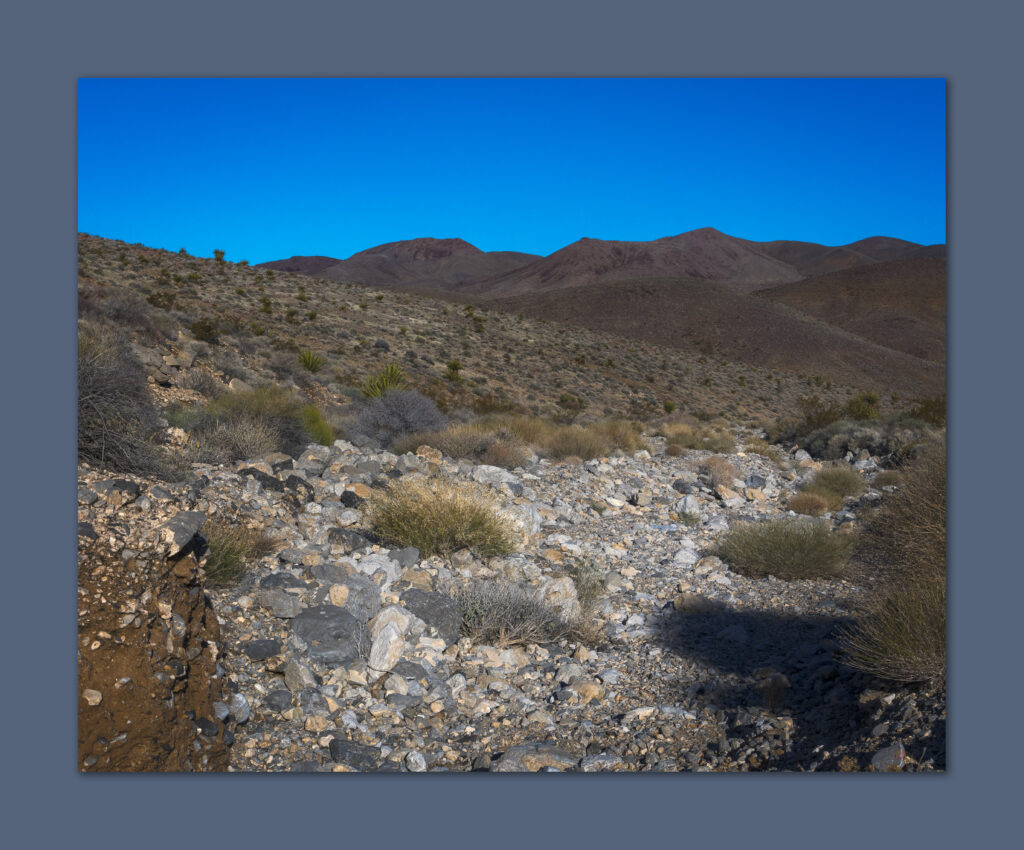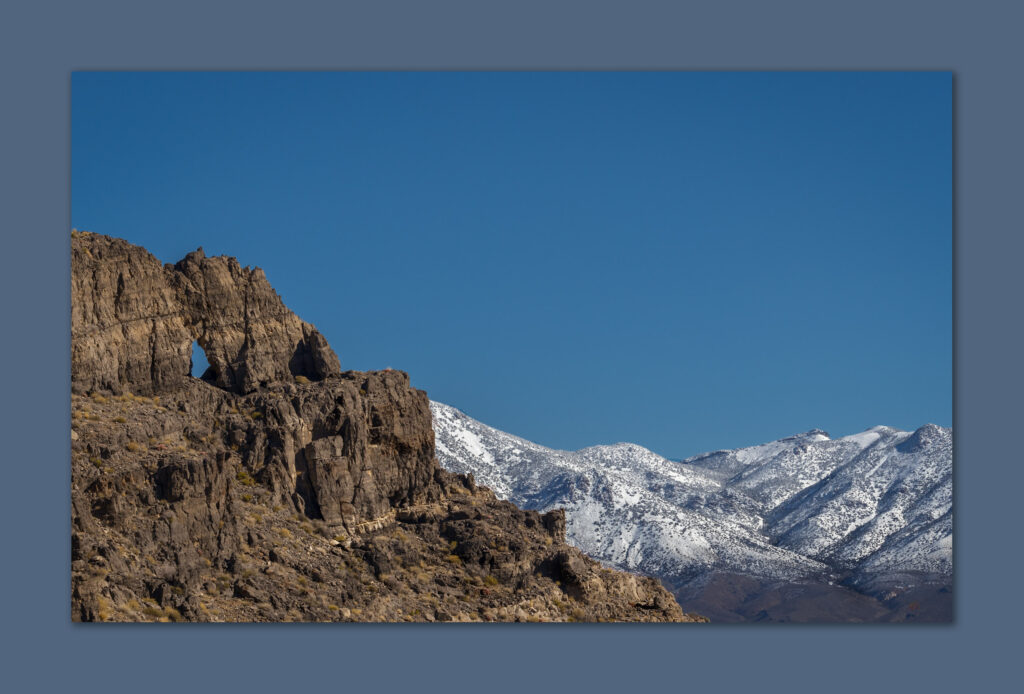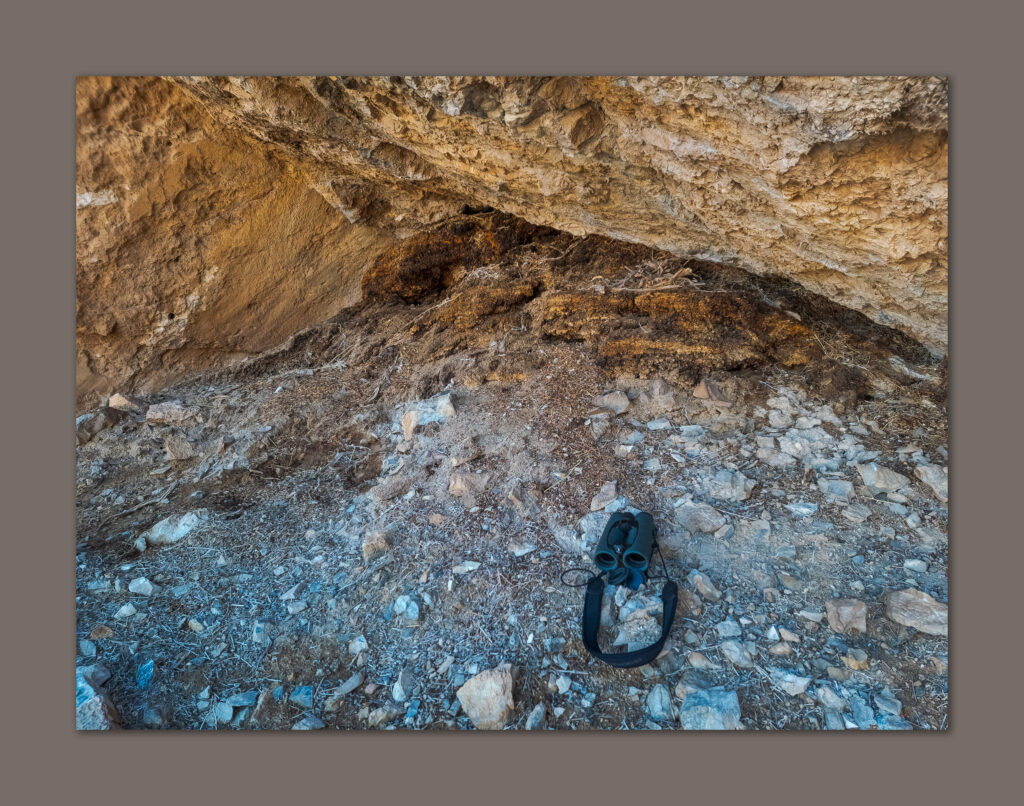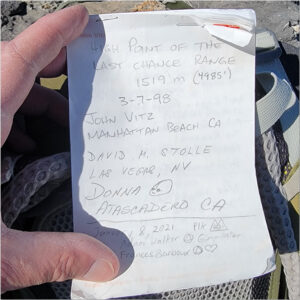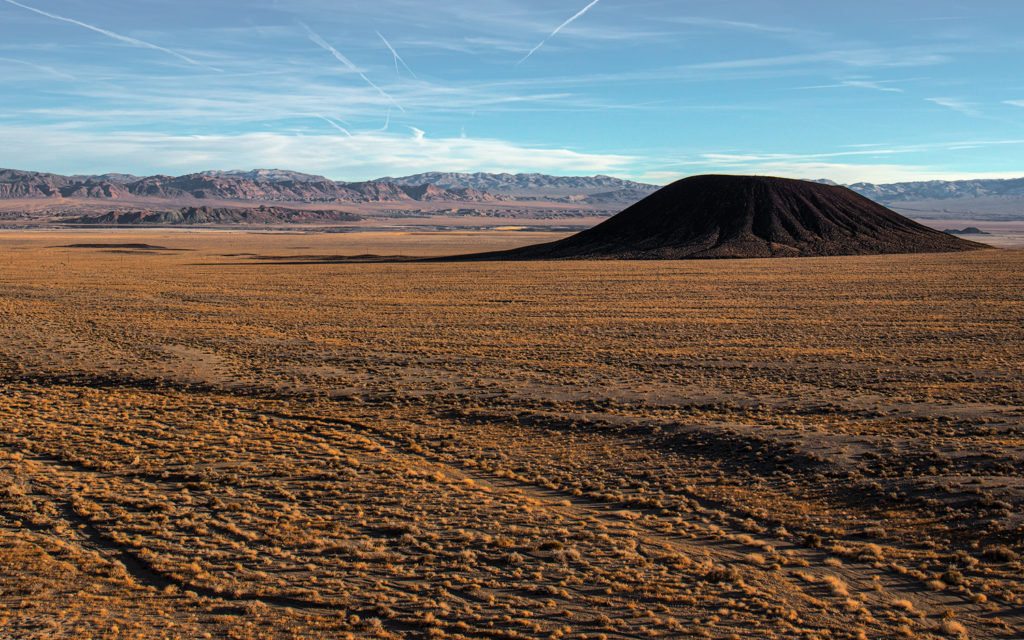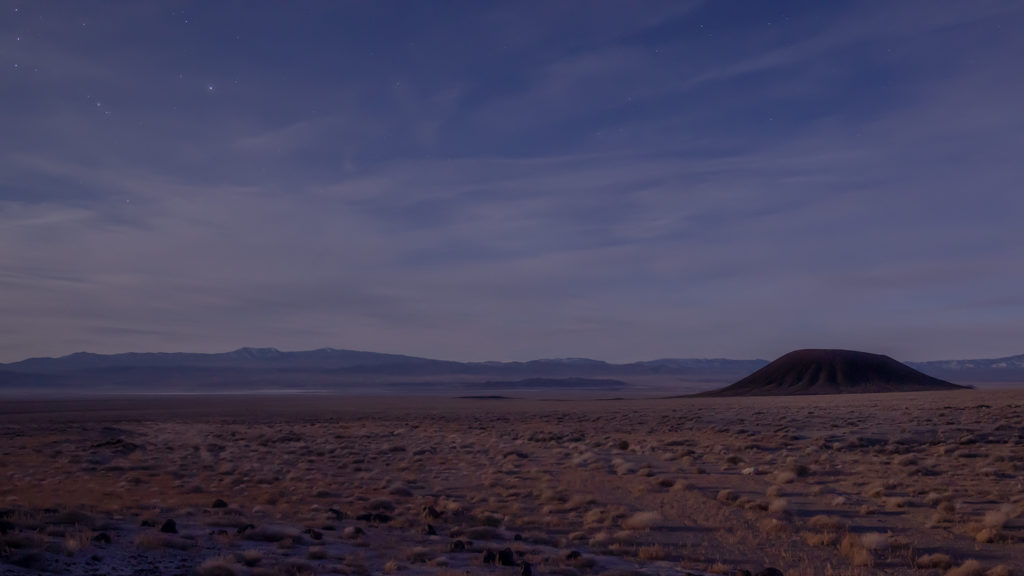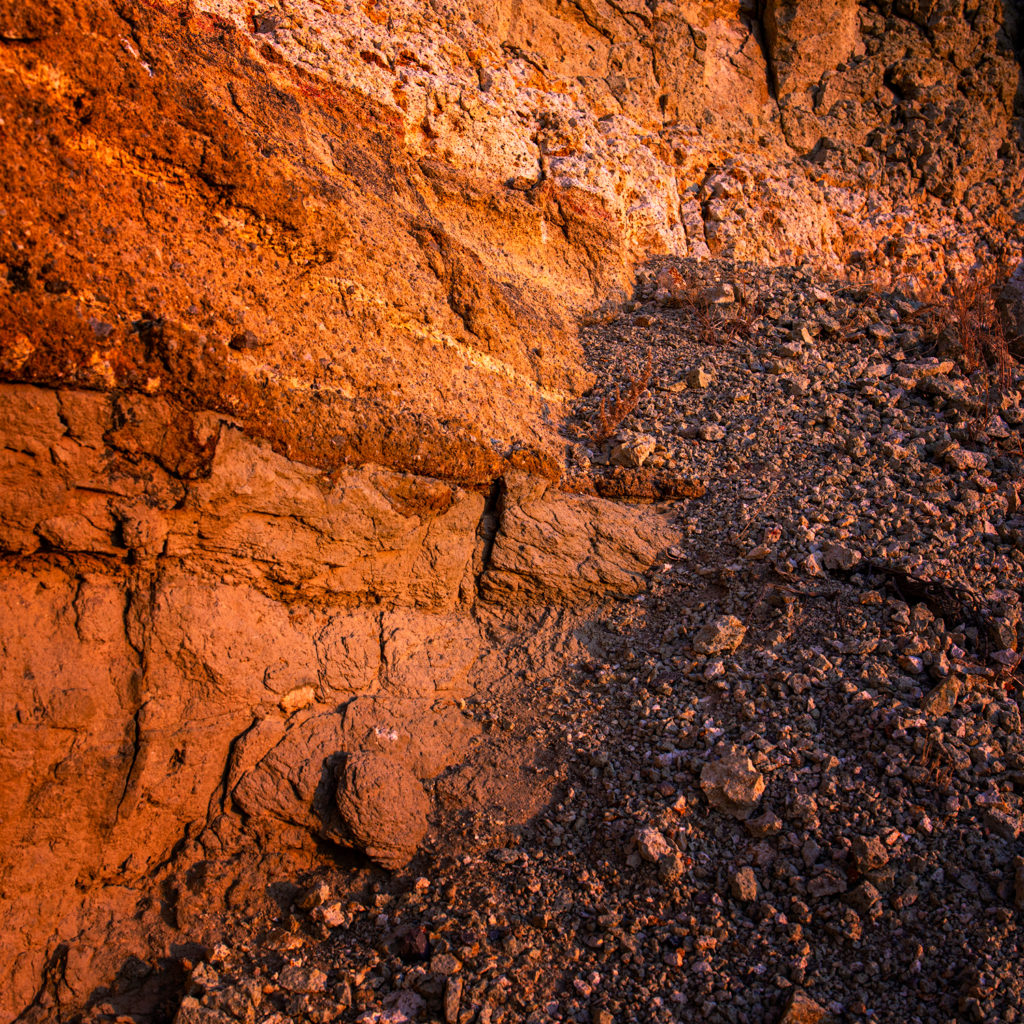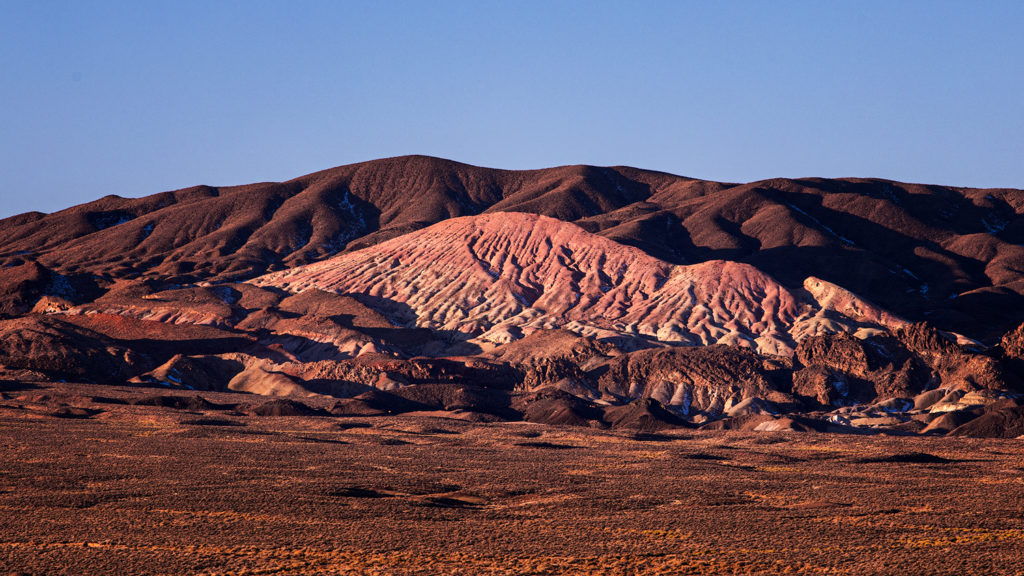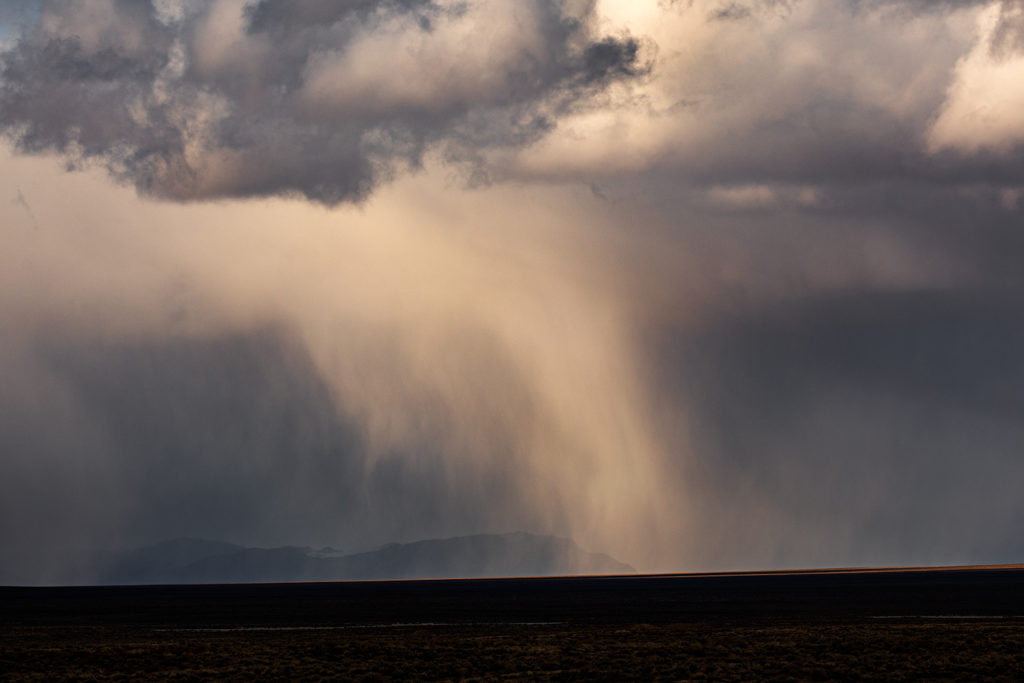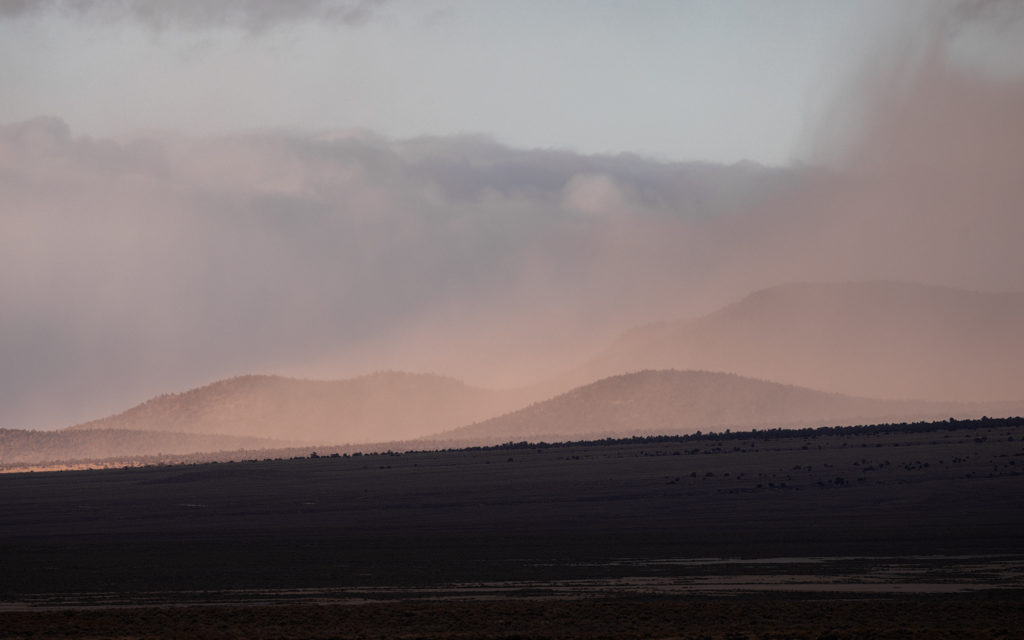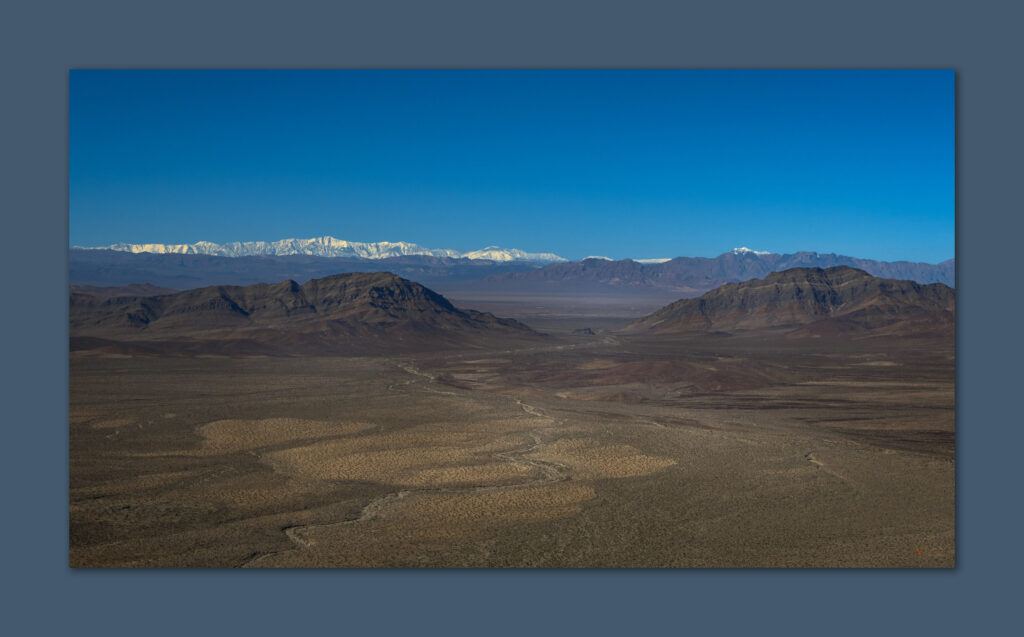
Keeping a disciplined calendar is important to me. It truly does keep things from happening all at once, and it provides motivation for keeping to goals and practices that I set for myself. It also acts as a form of communication and agreement between home, work, projects, and travel – these are so intertwined in my personality and pursuits that I can think of no other way of living. I am not a slave to the calendar, and I commonly make changes – and it is by no means a daily list, only a practical target with emphasis on keeping to high point and geography pursuits. Setting aside Second Friday gives momentum to the aspirations of finishing the list, even in its general impossibility. Yet sometimes the calendar gets pushed around – in February the push came in the form of a series of atmospheric rivers that derail my projects in southern California.
I have been trying to schedule an exploratory excavation project – contracted by Caltrans – in the southern Sierra, near Lake Isabella, for the past month, but the rain and snow kept coming. Finally, the forecast hinted we would get a break, so we pack up and head south. If everything goes well, I will be back into southern Nevada on Second Friday, so I keep in mind several ranges around the Amargosa Desert and Ash Meadows (northwest of Pahrump, NV).
Things do not go well. The storm sent a last-gasp arm of heavy precipitation into southern California, sending landslides over highways and bringing snow to the hills of the southern Sierra. I am stuck in a hotel room. We eventually get our work done over a couple extra days, and I drive into the desert, traversing through Death Valley and into the Amargosa Desert on Saturday night. The Amargosa River is in flood mode inundating a long stretch of the Ash Meadows Road east of Death Valley Junction; I ford it slowly only to find ‘road closed’ signs at the Nevada line. But they suggest the road closure is now behind me, that is, at the river crossing I just experienced. The signs face toward the west-bound traffic, but I am going east on a road that is high and dry ahead of me. I find my Ash camp in a gravel quarry at the foot of the Devils Hole Mountains east of the river – I have camped here a few times when gouging around the Amargosa River. The ground is wet but holds firm, so I set camp in a stiff breeze, finally making dinner in the cool and quiet dark – so much nicer than the hotel of the past few nights.
Sunday morning opens bright with frost and cold with a north wind behind the recent storm. Coffee in hand, I decide to head into the Last Chance Range above Pahrump. I can make this a quick excursion into the limestone hills and then hit the long drive home. I park at the base of a ridge that seems to lead toward rocky shelves below the prominent summit, maybe 1,700 feet above me. I am not expecting compelling photographs under the bright, blue-sky conditions, so I focus on simply enjoying the walk.
I soon realize that I am not at all prepared for the terrain of the Last Chance Range. First, I made the mistake of thinking this would be quick. I have a liter of water and virtually no extra gear; the battery is dead in my Garmin beacon. Second, I am not experienced in the stepped limestone crags of southern Nevada, with sometimes puzzling route-finding where small talus-filled chutes provide access to higher ledges, and ledges end suddenly at steep drops and rocky falls. I consider turning back; maybe I can just get to the next saddle, check the view, and try another time. But no, I am here today, and it looks interesting ahead; I should be fine. It was not a smart decision, but I put it in my pocket for now and turn onto a game trail traversing a ledge that seems to lead toward the final boulder-filled ravines below the summit.
The ledge is fascinating. Limestone and sandstone cliffs rise above me as I walk along uplifted and tilted beds and beaches of a shallow sea now rising into the desert sky. Sleeping circles of big horn sheep are tucked here and there. Jumping in time, I find a woodrat midden packed into a dry alcove at the cliff bottom. These middens hold valuable pollen and plant information, stored by the careful and complete collection activities of the ‘packrat’. These can be thousands of years old, but this one looks like it might be hundreds at most; still, if the local vegetation changes, a recent record is kept in these little indurated nests. I mark the locality and move on.
I work my way into a steep but accessible ravine cut into the black limestone of the Last Change summit block. Ah ha, a couple cairns suggest that this might be a common route to the top. I grab the ravine wall in a couple places, but it is easy-going over a last few steps. Like walking onto a narrow balcony, I soon step into a breeze driven upward from the vast expanse of the valleys below. I am bounded by Mount Charleston in the Spring Mountains to the east and the prominent Telescope Peak above Death Valley to the west, both blanketed in new snow. A worthy effort, even without the best planning.
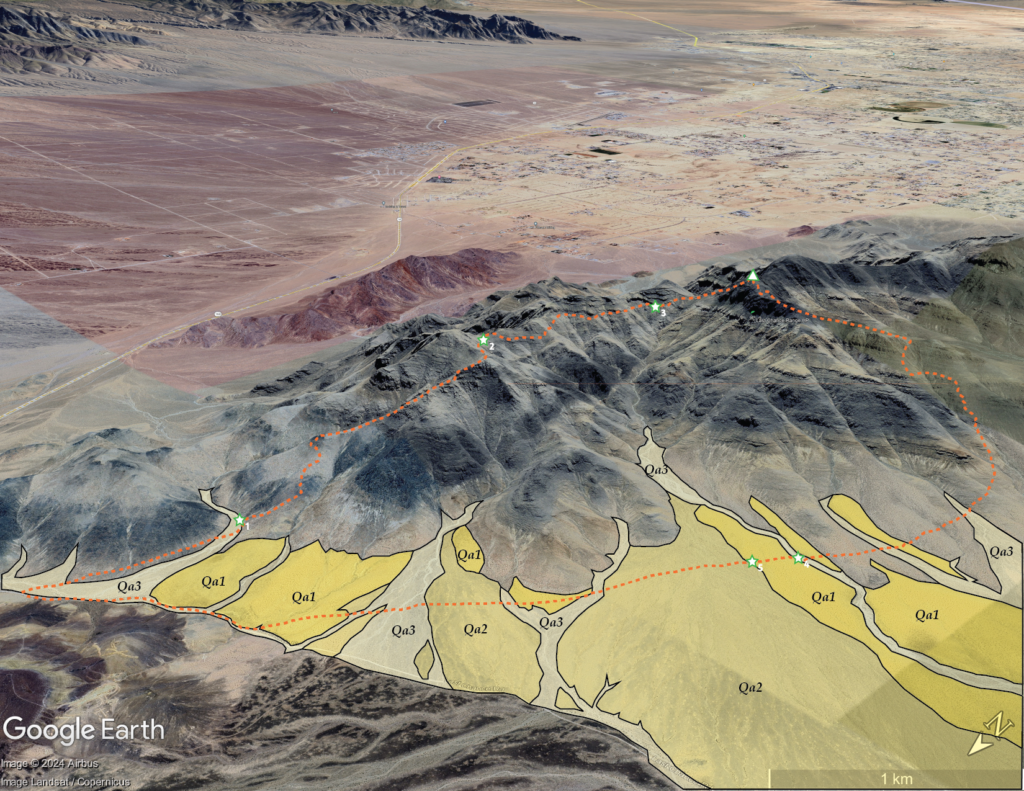
I choose a longer descent following more gradual slopes to the west, prudent when running dry as I am now – missteps may be more likely on the steeper and varied traces of the ledges of my route up. This takes a while, but over a couple miles I cross a nice section of variegated alluvial fan surfaces. The surface changes revealing clues to the age of the alluvial landforms and the soils forming on them. Color changes are abrupt and clear, like someone has drawn a geological map on the ground. Gullies show ancient soils of flaggy carbonate on stained boulders of debris flows and flood levees, the adjacent surfaces red with oxidation and dotted with turbated carbonate gravels. These give way to fine-grained, grey-colored, and recent fans and washes, where floods of the Holocene and maybe last year (!) pushed basinward from the steep, western slopes of the Last Chance Range.
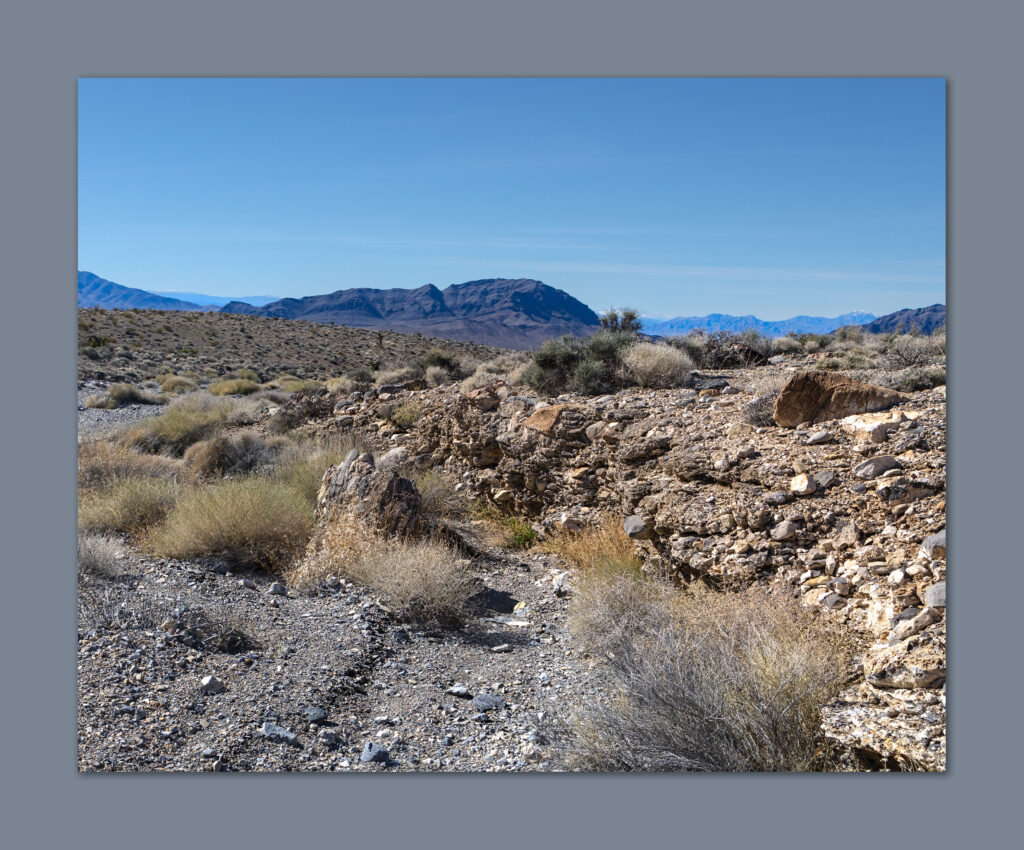
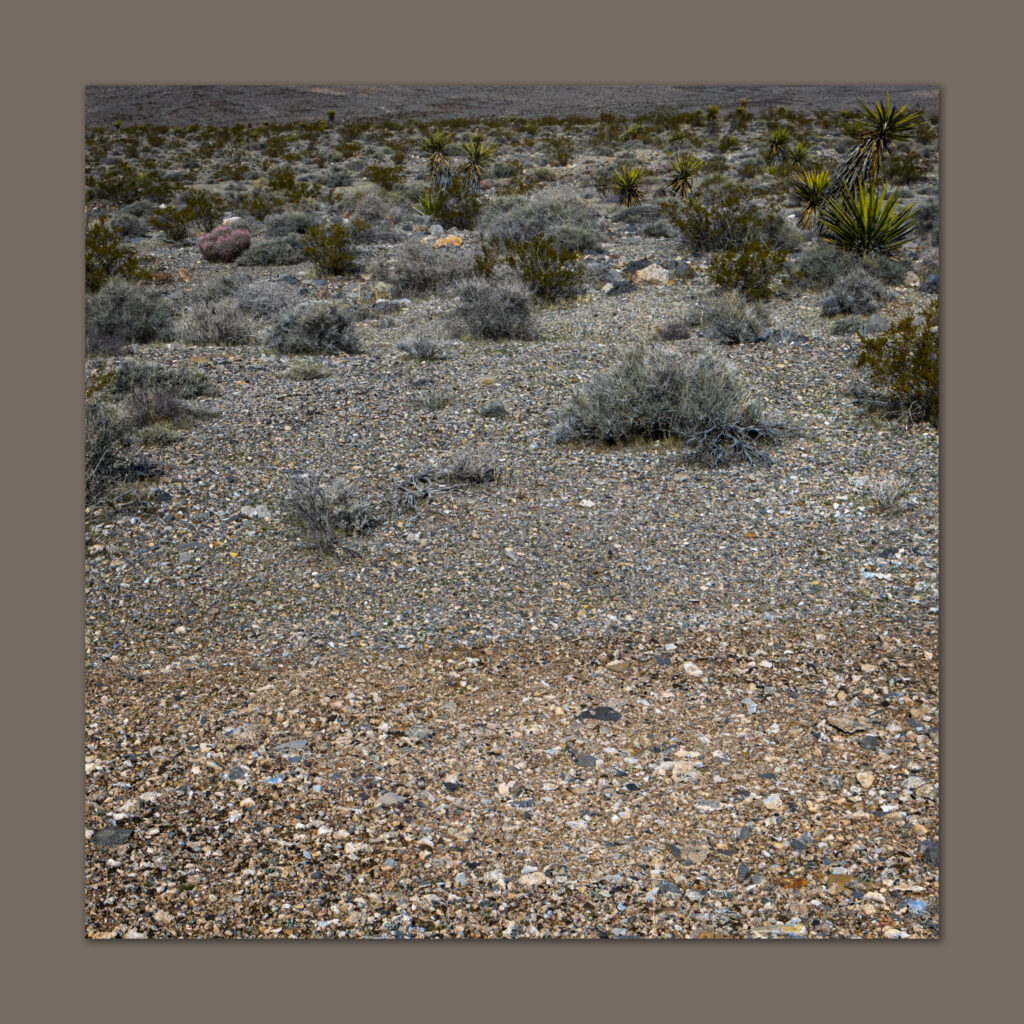
I am back at my truck with many hours of extra-time added to complete the loop. I will have echoes of this excursion for a few days – especially because I now have the muscular stasis of a long drive home, but it is worth it, as usual. I will note my poor planning and resolve to not to make such silly errors on future climbs; I know better (I think). It is good to be in this corner of the Mojave Desert in the closing of winter, and I suspect I will be back a few times in the coming months.
Keep going.
Please respect the natural and cultural resources of our public lands.
